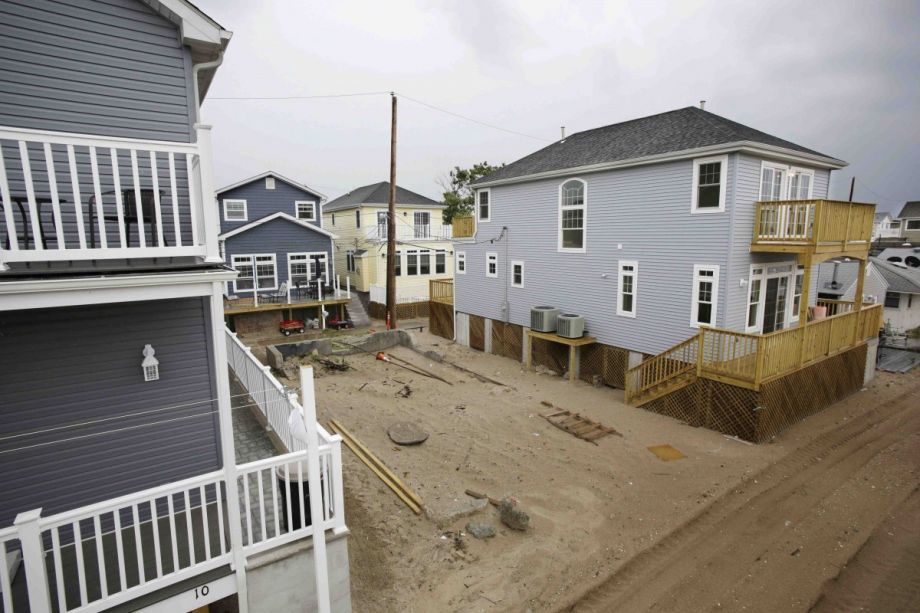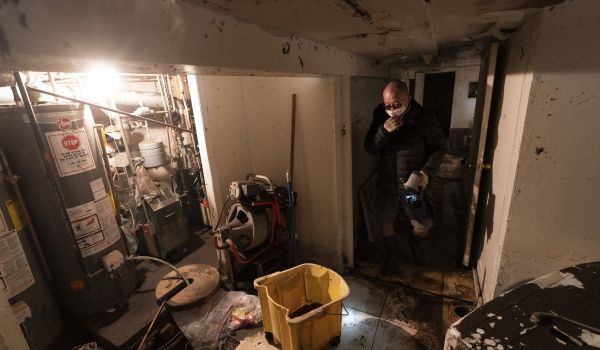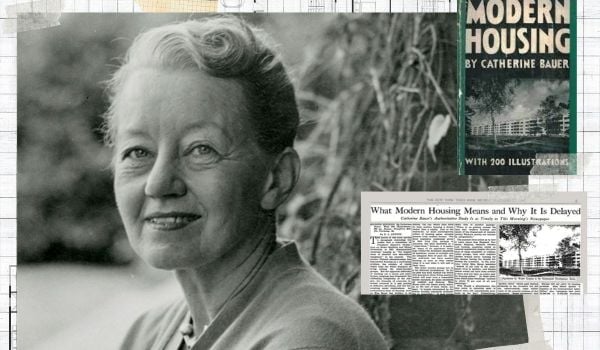New York City knows that ensuring the long-term resilience of its housing stock is a heavy lift. In the reports, plans and legislation that have been produced since Hurricane Sandy, there have been plenty of nods to the challenges faced by building owners, from concerns about skyrocketing insurance rates to zoning impediments to the need for massive capital investments. But until now they’ve been a small piece of a larger puzzle.
A new report by New York University’s Furman Center for Real Estate and Public Policy puts those challenges front and center. By examining the real-world scenarios facing three multifamily buildings that were impacted by Sandy, the report’s authors uncover just how complicated life has become for thousands of multifamily building owners and residents, as well as policymakers.
“The majority of privately owned multifamily buildings in the floodplain have rents that are regulated through a subsidy program or through rent-stabilization laws,” Jessica Yager, policy director at the Furman Center, told Next City. “Thus, some resiliency measures, such as eliminating units below the predicted flood level, could result in the loss of thousands of units of affordable housing.”
“Even without the potential for a loss of units,” the report’s authors write, “a building’s location in the flood zone could also serve as a threat to affordability because of recent changes in flood-insurance rules. Properties in the 100-year floodplain face the difficult decision of making costly retrofit improvements, or facing skyrocketing flood insurance premiums in the coming years if their properties do not meet certain design standards.”
The three key climate-related challenges that complicate the multifamily housing landscape are insurance costs and requirements, zoning laws, and the enormous expense of retrofitting multifamily housing stock.
For insurance, not only are premiums set to drastically increase in the coming years, but also the way FEMA’s policies are written disallows incremental reductions for incremental improvements and prohibits some of the most cost-effective strategies for protecting vital mechanicals in residential buildings, like dry flood-proofing.
Repair costs, the report finds, are prohibitively high for many low- and middle-income multifamily buildings, which often operate with small profit margins and have strict rules governing rent increases or special assessments for major repairs. Such buildings are also unlikely to secure open-market loans to cover costly modifications.
And finally, there are the zoning complications. Last year, the city passed new laws allowing buildings in the 100-year floodplain to make certain modifications in the name of resilience, but buildings in the 500-year floodplain – which models of sea-level rise suggest will soon be just as susceptible to storm surge – are not eligible.
The report makes recommendations to address each of these issues.
Matthew Hassett, communications director for the Center for NYC Neighborhoods praised the report. “The more attention that can be brought to these issues and the more refined the argument, the better,” he said. “New York is a leader nationally in terms of sounding the alarm, but this is something the rest of the country needs to start thinking about. It’s going to affect a lot of people.”
Yager agreed. “The decisions facing multifamily building owners are daunting and complicated,” she said, “and they impact the entire city.”

Graham T. Beck has written about art, cities and the environment for the New York Times, The Believer, frieze and other august publications. He’s a contributing writer for The Morning News and editor-in-chief of Transportation Alternatives’ quarterly magazine, Reclaim. He lives in New York City and tweets @g_t_b

















